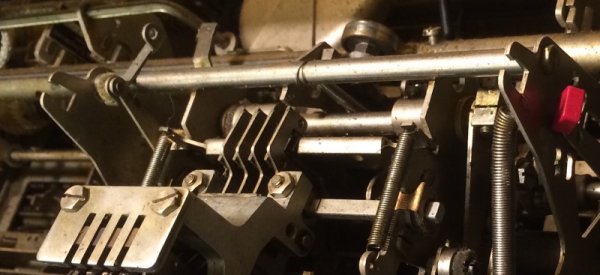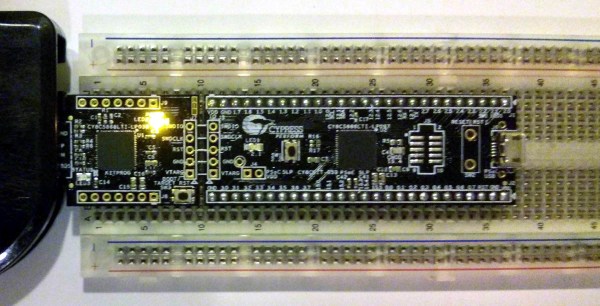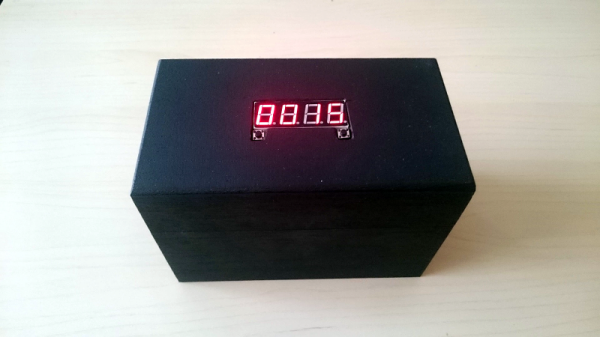Embedded C developers shy away from C++ out of concern for performance. The class construct is one of their main concerns. My previous article Code Craft – Embedding C++: Classes explored whether classes cause code bloat. There was little or no bloat and what is there assures that initialization occurs.
Using classes, and C++ overall, is advantageous because it produces cleaner looking code, in part, by organizing data and the operations on the data into one programming structure. This simple use of classes isn’t the raison d’etre for them but to provide inheritance, or more specifically polymorphism, (from Greek polys, “many, much” and morphē, “form, shape”).
Skeptics feel inheritance simply must introduce nasty increases in timing. Here I once more bravely assert that no such increases occur, and will offer side-by-side comparison as proof.
Continue reading “Code Craft – Embedding C++: Timing Virtual Functions”




 The approach that Project Jacquard has taken from a hardware standpoint is on point. Rather than having an end user product in mind and design completely towards that goal, the project is focused on the interface as its product. This has the added benefit of endless varieties of textile interface possibilities. As stated in the video embedded after the break, the conductive touch interface can be designed as a visibly noticeable difference in material or seamlessly woven into a garment.
The approach that Project Jacquard has taken from a hardware standpoint is on point. Rather than having an end user product in mind and design completely towards that goal, the project is focused on the interface as its product. This has the added benefit of endless varieties of textile interface possibilities. As stated in the video embedded after the break, the conductive touch interface can be designed as a visibly noticeable difference in material or seamlessly woven into a garment.













